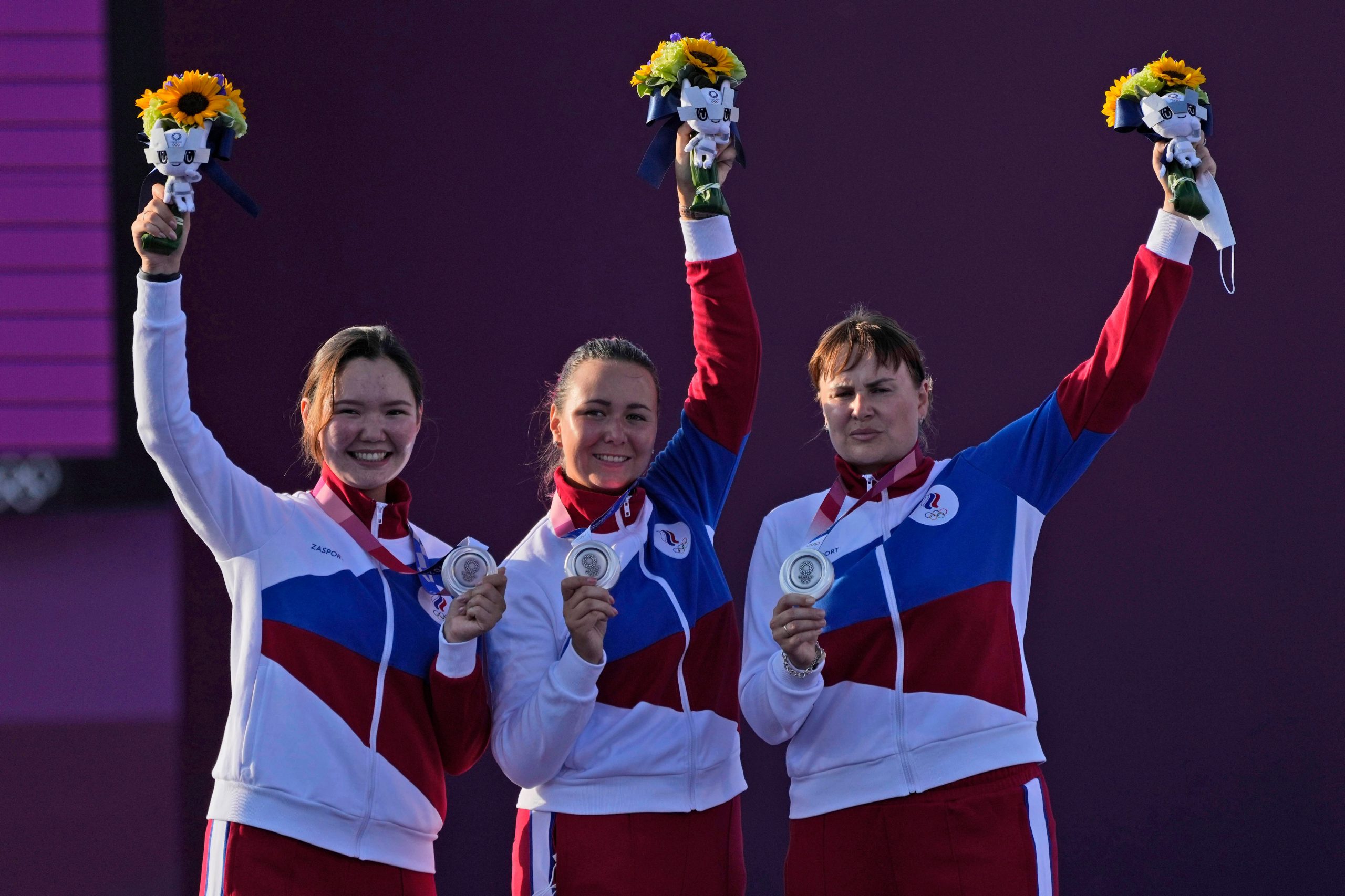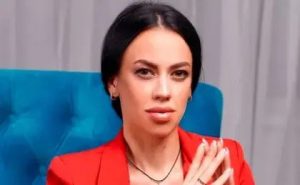The Russians, unlike the other countries, are not allowed to use their country’s name, flag and anthem, and are competing under the acronym ROC, meaning Russian Olympic Committee. This is because Russia has been ‘banned’ over doping allegations from the Tokyo Olympics 2020.
From Russia, which has historically been among the world’s top sporting nations and in the race for medal tally, has 335 sportspersons competing at the Tokyo Olympics 2020, but under a different ‘flag’. In the 2020 medals tally, all of their medals are listed next to the name ROC, with a flag that is different from Russia’s official.
Also Read: When was the last time US men’s basketball team lost at the Olympics?
Why was Russia ‘banned’ from Tokyo Olympics 2020?
The World Anti-Doping Agency (WADA), in December 2019, banned Russia for four years from competing in all international events, including the Tokyo Olympics 2020 and the FIFA World Cup in 2022 after revelations around a doping programme allegedly taken up by Russia.
This is not the first time Russia is facing such allegations. Whistleblowers and investigators have, on several occasions, called out Russia for running a doping programme. This had forced international federations to stop the Russian athletes from competing in major events. However, in September 2018 WADA lifted the sanctions after multiple investigations. However, the lifting of sanctions was conditional. Russia was to hand over athlete data from its Moscow laboratory to doping regulators, which would help identify hundreds of athletes who may have cheated across various sports. The country was then accused of manipulating that database too. This resulted in the four-year ban for the nation.
Also Read: 30-second photo OP: Olympic committee’s gift for winning athletes
What was Russia originally accused of?
In 2014, 800m runner Yulia Stepanova, her husband Vitaly, a former employee of the Russian Anti-Doping Agency, RUSADA, featured in a German documentary and revealed the most “sophisticated doping programmes” in sports history.
Another whistleblower — Grigory Rodchenkov, a former head of the RUSADA — told The New York Times that Russia ran a state-sponsored doping scheme. His allegations shook the entire sporting world. He alleged that Russia’s anti-doping authorities and members of intelligence services substituted urine samples of the athletes through a hidden hole in the wall at the agency’s laboratory during the 2014 Sochi Winter Olympics.
Soon after, the International Olympic Committee (IOC), WADA and other global federations launched investigations into the allegations and the accreditation of Russia’s anti-doping lab was suspended in 2015.
Following an inquiry, the IOC suggested a complete ban on Russia’s participation at the 2018 Winter Olympics in Pyeongchang, South Korea. Though 168 athletes participated through special dispensations from the international federations. Russia, however, was barred from attending the event and the country’s flag was also not displayed at any of the venues. Russian athletes wore uniforms with “Olympic Athlete From Russia” printed on them.
In 2020, the Court of Arbitration for Sport (CAS) reduced the ban period from four years to two, but official participation was not allowed in events organised by a WADA signatory until the sanction term ends on December 16, 2022.
Also Read: Indian shooting contingent draws blank for second day running
What does this mean for Russia?
As per the ban, official Russian teams are out of the 2020 Summer Olympics, Paralympics in Tokyo, as well as the Beijing Winter Olympics. Even at the 2022 World Cup in Qatar, Russia would compete under a neutral name.
Therefore, 335 athletes from Russia are still playing at Tokyo, under the name ROC, meaning Russian Olympic Committee – the team that sends Russian athletes to all Games.
About the Russia ban, WADA President Witold Bańka told USA Today, “We at WADA remain disappointed that CAS has decreased the level of the sanctions from four years to two years and that CAS allows them to compete Russian athletes with the colours of the flag in the uniforms.”
What is the selection criteria for ROC players?
The ROC players are the ones who have been able to prove that they were not part of the doping scam. The athletes, according to the report in The Independent, can wear the uniform in the country’s colour but if on the kit of any athlete the name ‘Russia’ is written, the words ‘neutral athlete’ must also be written.







